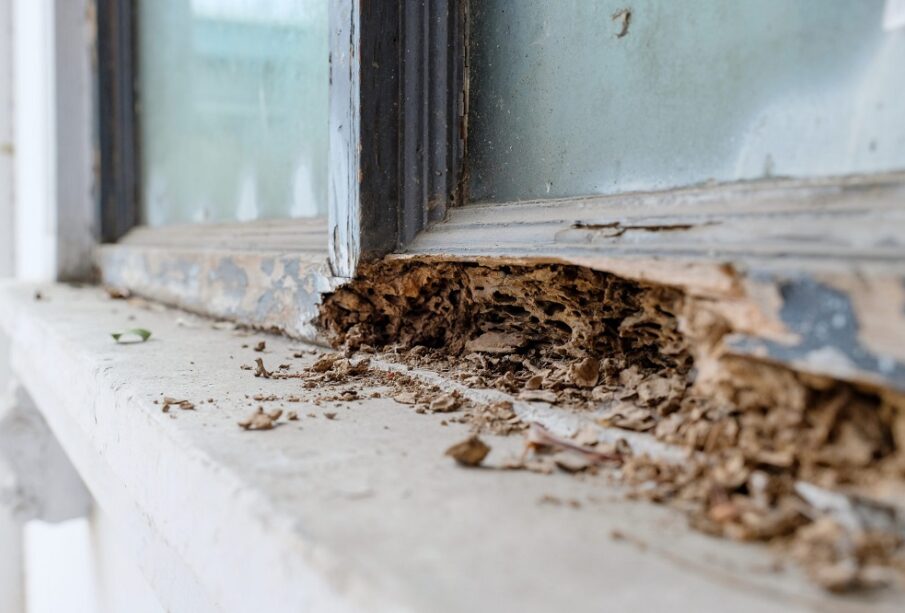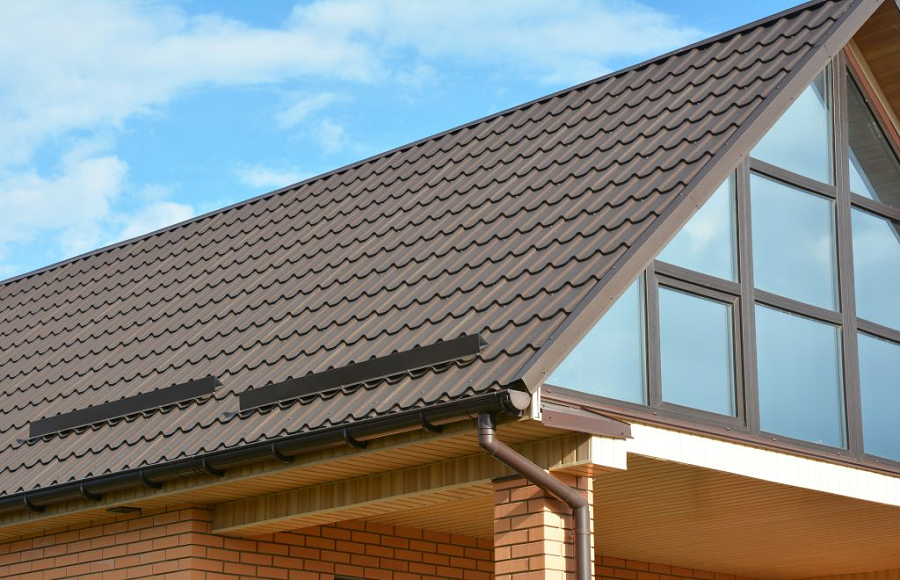The 3 Types Of Termites And How Do They Differ From One Another?

The 3 Types Of Termites And How Do They Differ From One Another
Some red flags that your house is infested with termites are the left-behind wings of the insect, the faecal pellet and sometimes little holes created on the wood. If you are convinced to have termites at home, then you need to learn which type of termites you need to hold a battle against. There are more than 45 different types of termites, all of which are categorized under 3 kinds of termites:
- Subterranearn Termites
- Drywood Termites
- Dampwood Termites
You can be sure of the infestation in its earlier stages when you learn to differentiate between the 3 types of termites and what kind of threats they impose.
The Subterranean Termites
Having lived for more than 55 million years, the subterranean termites or swarmers are usually dark-black to brown. The swarmers termites are defined by their ¼-1/2 inch length with two pairs of equal-length wings. On the other hand, the workers are wingless, cream-coloured, and have a distance of about ¼ inch.
How Do They Behave?
Besides creating mud passageways to connect their food source to the soil, the subterranean termites also keep them protected. The soil tubes keep the termites safe from predatory ants while looking for food. You can notice these mud tubes quickly and understand your house is infested with termites.
How Do They Sneak Inside Your House?
The termites can sneak inside houses through the soul, either beneath the vulnerable structure or around it. They can also sneak through the home through crevices and cracks created by the electrical lines or plumbing.
Drywood Termites
The dry wood termites are most common in the southern states of North Carolina and the Californian coast areas. The swarmers are about 12mm long and are characterized by their reddish-brown colour. They come with two pairs of wings. Since they quickly shed wings, you wouldn’t see dead swarmers with the wig.
How Do They Behave?
The dry wood termites produce dry faecal pellets, which they dispose of through kick-out or kick-holes to avoid accumulating shots outside the gallery.
How Do They Sneak Inside?
The dry wood termites get inside the structures through foundation vents, attic, door frames, windows, cracks or wood shingles. The dry wood termites can get through flat wood surfaces but prefer small openings to enter the structure.
Dampwood Termites
The lot’s damp wood termites are the largest, while their colony sizes are small. The king and queen damp wood termites measure 5/8 and ½ inches long. However, the soldiers can measure ¾ inches.
How Do They Behave?
The damp wood termites can keep themselves concealed and cause havoc when discovered. They ensure sufficient moisture to stay unseen.
How Do They Get Inside?
The wood and soil contact can result in damp wood termite infestation. Termites can be attracted by damaged wood because of leaky pipes. Other ways to cause wet wood termites are unclean debris filled with gutters and keeping rain-soaked firewood close to your house.
Get in touch with a pest control service provider if you are confident that your house might be infested with termites. Termite damage can exhaust your savings if you keep it unaddressed for too long. However, if there’s no hint of infestation, you can schedule a regular termite inspection from a professional company.
Leave a reply
You must be logged in to post a comment.













